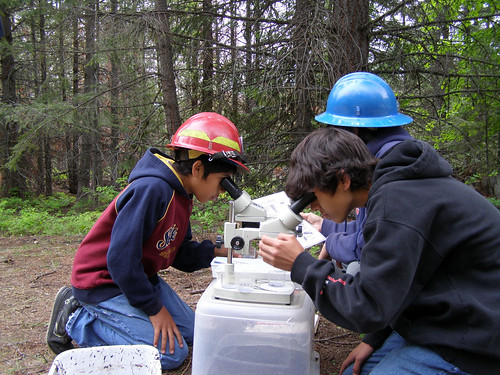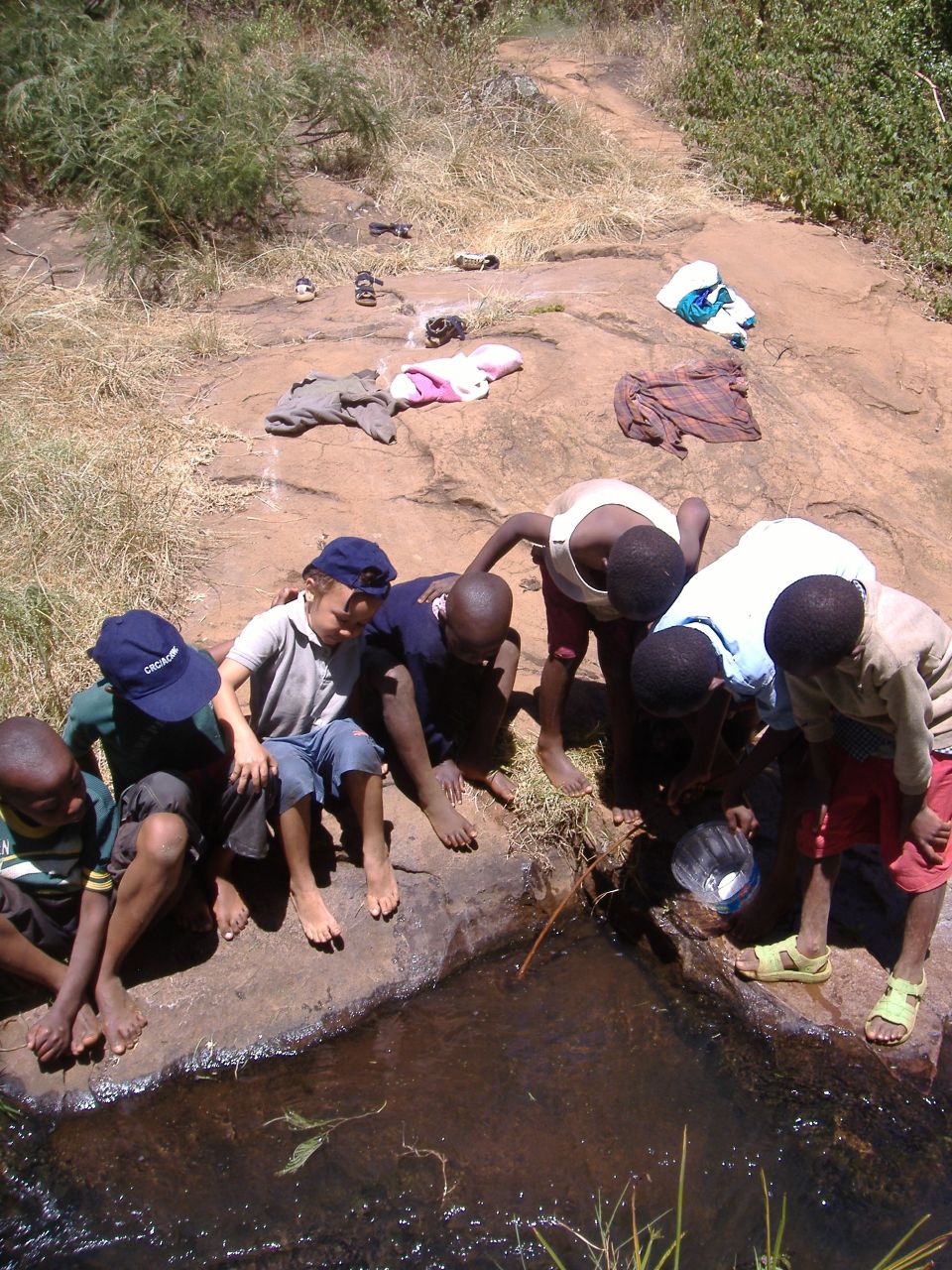A plan to save Europe's threatened butterflies
First bees and then butterflies, aren't we a grand species. This must be the reason for all the extreme worldwide weather events. You know, "A butterfly flaps its wings in Brazil we get a hurricane of the coast of Florida"
In Europe, habitat destruction is fueling the steep losses.....Oddly, it appears that the decline of agriculture in Europe is bad for the butterflies.
......the report say that maintaining working farms is an important activity that keeps woody shrubs from taking over the grassy meadows where butterflies typically live. In addition, ...... grazing animals also help preserve key butterfly habitat. However, they say that too much agriculture — cutting too much grass for hay, letting animals overgraze a pasture — can kill off the insects.
The group also recommends keeping a diverse mosaic of plants alive in key grassland areas, since different species rely on different plants, and employ a wide variety of strategies to survive. In fact, one threatened butterfly relies on ants to stay alive, and as the ants are disappearing, so are their larger insect dependants.
"Managing habitats in the correct way is the single most important issue affecting the survival of European butterflies," lead author Chris van Swaay, of Dutch Butterfly Conservation, said in a statement. ......"We hope the advice will be taken up urgently across Europe to help save these beautiful species from extinction."
First bees and then butterflies, aren't we a grand species. This must be the reason for all the extreme worldwide weather events. You know, "A butterfly flaps its wings in Brazil we get a hurricane of the coast of Florida"
Excerpts below -the full article can be read from the link above
....In the last 15 years alone, the numbers of 17 key European butterfly species have declined by 70 percent, according to a statement from researchers with the group Butterfly Conservation Europe. Up to 10 percent of the butterfly species are now threatened with extinction. Across the Atlantic, in North America, monarch butterfly numbers have also suffered.
In Europe, habitat destruction is fueling the steep losses.....Oddly, it appears that the decline of agriculture in Europe is bad for the butterflies.
......the report say that maintaining working farms is an important activity that keeps woody shrubs from taking over the grassy meadows where butterflies typically live. In addition, ...... grazing animals also help preserve key butterfly habitat. However, they say that too much agriculture — cutting too much grass for hay, letting animals overgraze a pasture — can kill off the insects.
The group also recommends keeping a diverse mosaic of plants alive in key grassland areas, since different species rely on different plants, and employ a wide variety of strategies to survive. In fact, one threatened butterfly relies on ants to stay alive, and as the ants are disappearing, so are their larger insect dependants.
"Managing habitats in the correct way is the single most important issue affecting the survival of European butterflies," lead author Chris van Swaay, of Dutch Butterfly Conservation, said in a statement. ......"We hope the advice will be taken up urgently across Europe to help save these beautiful species from extinction."













